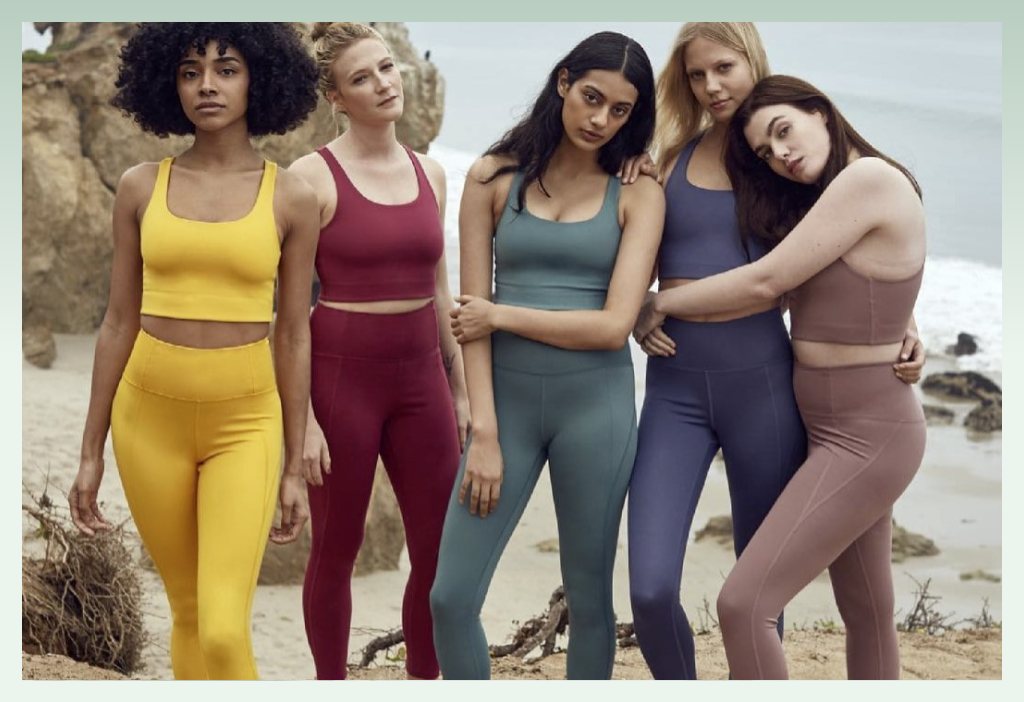Starting a small apparel brand is like stepping onto a rollercoaster—exciting, but with its fair share of twists. One of the first hurdles? Navigating Minimum Order Quantities (MOQs). These can feel like a gatekeeper, especially when you're trying to balance creativity with budget constraints. But here's the good news: with the right approach, you can turn MOQs from a stumbling block into a stepping stone.
Minimum Order Quantities (MOQs) are the smallest number of units a manufacturer will produce in a single order. For small apparel brands, high MOQs can pose challenges like increased upfront costs and inventory risks. However, by understanding MOQs and employing strategies such as building strong supplier relationships, consolidating materials, and exploring alternative manufacturing options, brands can effectively manage and negotiate MOQs to align with their production capabilities and growth plans.
Understanding MOQs isn't just about numbers; it's about strategy, relationships, and creativity. Let's delve into how you can navigate this aspect of manufacturing to benefit your brand.
What Are MOQs, and Why Do They Matter for Small Apparel Brands?
When I first ventured into the apparel industry, the term "MOQ" felt like a foreign language. But as I soon learned, it's a crucial part of the manufacturing conversation.
MOQs, or Minimum Order Quantities, are the least number of units a manufacturer is willing to produce in one order. They're set to ensure production is cost-effective and efficient. For small brands, high MOQs can be daunting, but understanding their purpose is the first step in negotiating terms that work for both parties.
The Basics of MOQs
Manufacturers set MOQs to cover the costs of production, including setup, labor, and materials. For them, producing larger quantities ensures profitability. For small brands, this can mean:
- Higher upfront costs: Ordering more units than needed ties up capital.
- Inventory risks: Unsold stock can lead to losses.
- Limited flexibility: High MOQs can restrict the ability to test new designs.
Understanding these dynamics is essential. It's not about challenging the manufacturer's needs but finding a middle ground that supports your brand's growth without overextending resources.
How Can You Negotiate More Favorable MOQs?
Negotiation isn't about confrontation; it's about collaboration. Building a rapport with your manufacturer can open doors to more flexible terms.
To negotiate better MOQs, focus on building a strong relationship with your manufacturer. Communicate your brand's vision, demonstrate potential for growth, and be transparent about your needs. Offering compromises, like longer-term commitments or flexible production schedules, can also make negotiations more fruitful.
Building Strong Supplier Relationships
When I approached my first manufacturer, I was honest about my brand's size and aspirations. This transparency led to a partnership where we:
- Started with smaller orders: They allowed me to test the market without overcommitting.
- Discussed future plans: Sharing projections helped them see the potential for larger orders down the line.
- Maintained open communication: Regular check-ins ensured we stayed aligned.
This approach fostered trust, making them more willing to accommodate my needs.
Can Collaborating with Other Brands Help Meet MOQs?
Absolutely. Teaming up with like-minded brands can be a game-changer.
Collaborating with other small brands allows you to pool resources and place joint orders, effectively meeting MOQs without overextending individually. This strategy not only reduces costs but also fosters a sense of community and shared growth.
The Power of Collaboration
I once partnered with another emerging brand to produce a shared line of basics. By combining our orders, we:
- Met the manufacturer's MOQ: Neither of us could have done it alone.
- Shared marketing efforts: Cross-promotion expanded our reach.
- Built a supportive network: We learned from each other's experiences.
Such collaborations can be formal or informal, but the key is aligning with brands that share your values and target audience.
How Can Product Design Influence MOQ Management?
Design isn't just about aesthetics; it's a strategic tool in managing production.
Simplifying your product range and using common materials across different styles can reduce complexity and make it easier to meet MOQs. This approach streamlines production and minimizes costs, allowing for more manageable inventory levels.
Strategic Design Choices
In my line, I focused on a capsule collection—limited styles with interchangeable pieces. This strategy:
- Reduced the number of unique components: Simplifying materials and trims.
- Allowed for bulk ordering of shared materials: Meeting MOQs more easily.
- Offered versatility to customers: Encouraging mix-and-match purchases.
By designing with production in mind, I balanced creativity with practicality.
Are There Alternative Manufacturing Options for Greater Flexibility?
Yes, exploring different manufacturing models can offer the flexibility small brands need.
Alternative manufacturing options like microfactories, on-demand production, and local suppliers often have lower MOQs, providing small brands with more agility and less financial risk. These models support sustainable practices and faster turnaround times.
Embracing Innovative Manufacturing
I experimented with a local microfactory that specialized in small-batch production. The benefits included:
- Lower MOQs: They catered specifically to emerging brands.
- Quick turnaround: Faster production cycles allowed for responsive inventory management.
- Sustainable practices: Reduced waste aligned with my brand's values.
Exploring such options can align production capabilities with your brand's scale and ethos.
Conclusion
Navigating MOQs is a balancing act of understanding, negotiation, and strategic planning. By building strong relationships, collaborating wisely, designing thoughtfully, and exploring flexible manufacturing options, small apparel brands can turn MOQs from a hurdle into a stepping stone toward sustainable growth.





